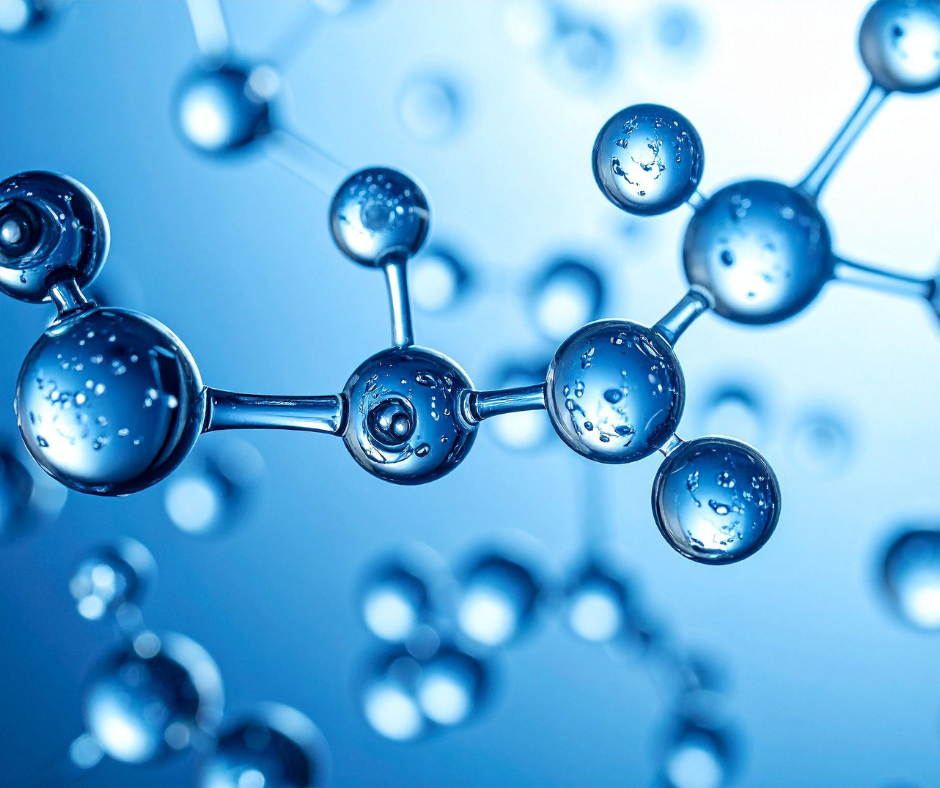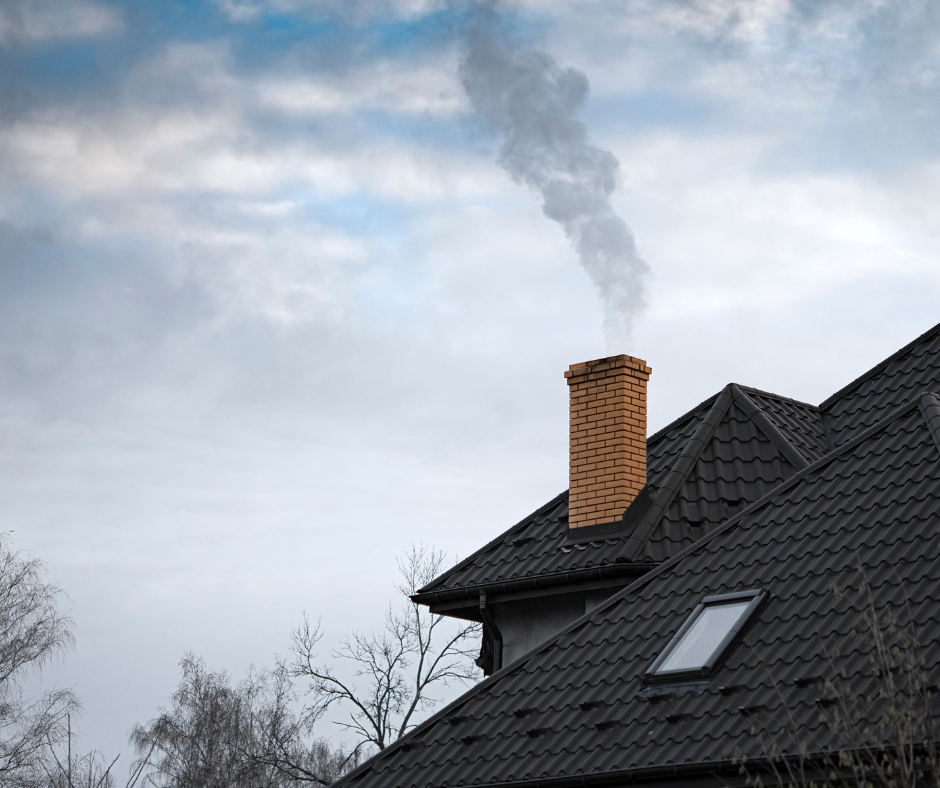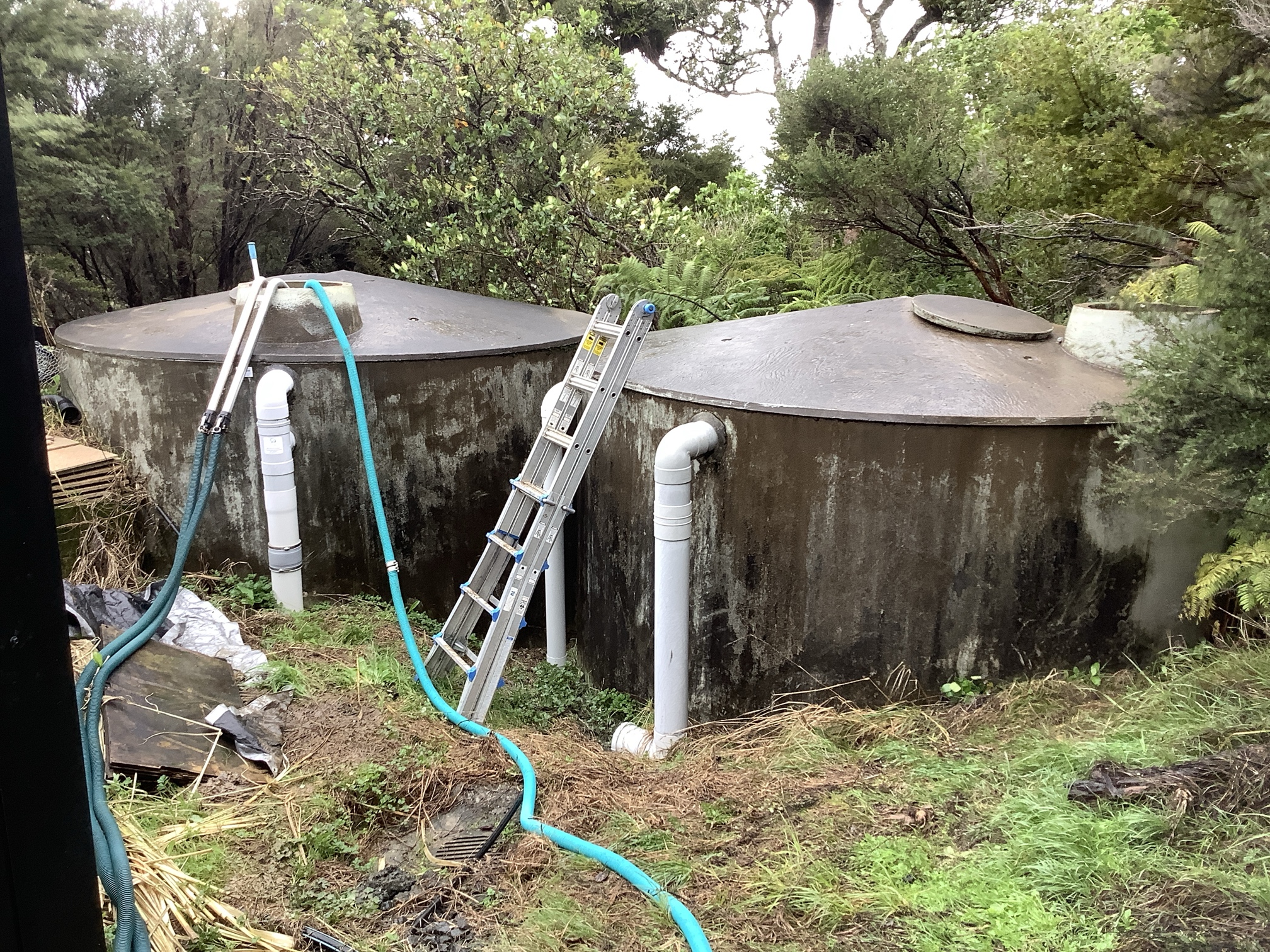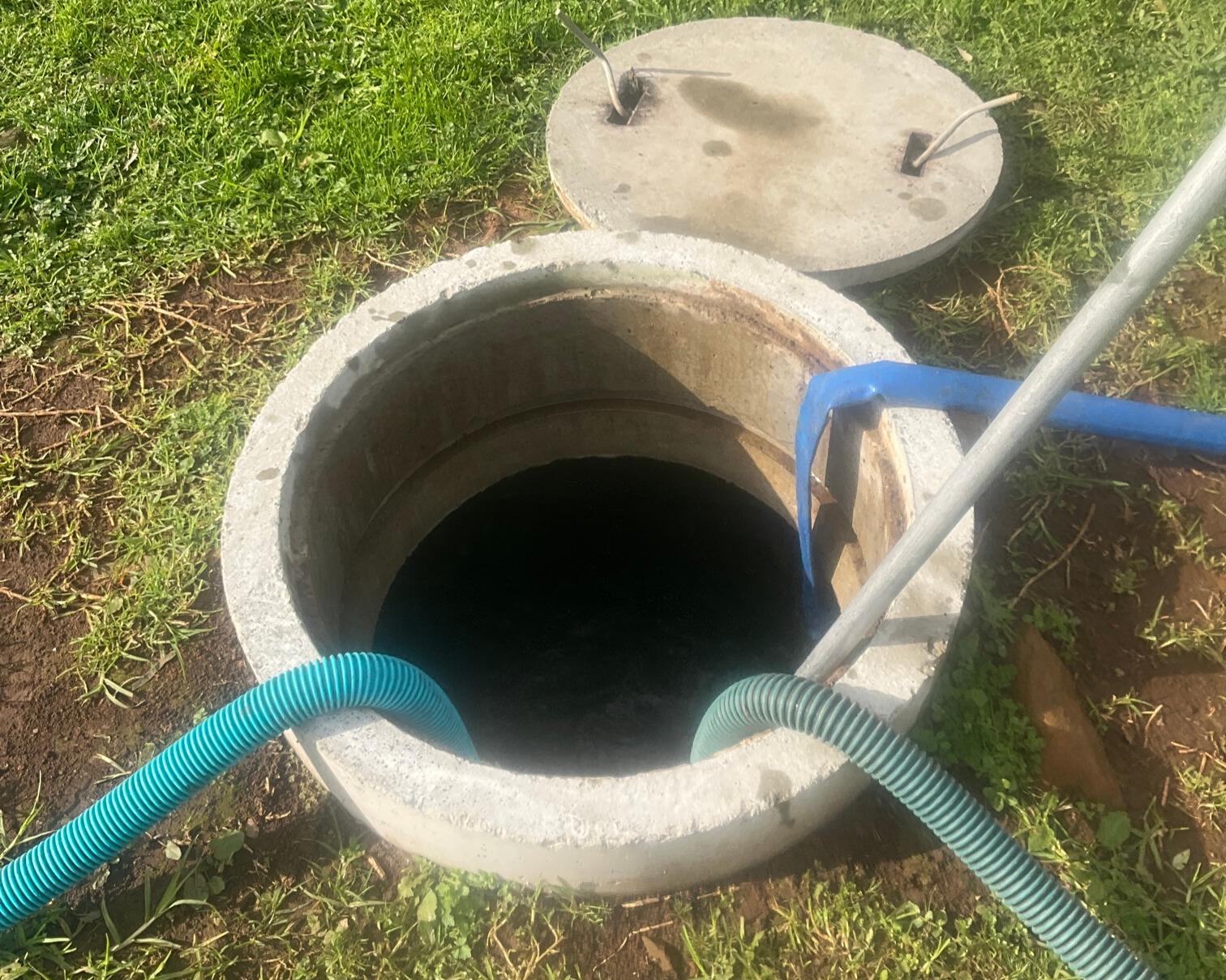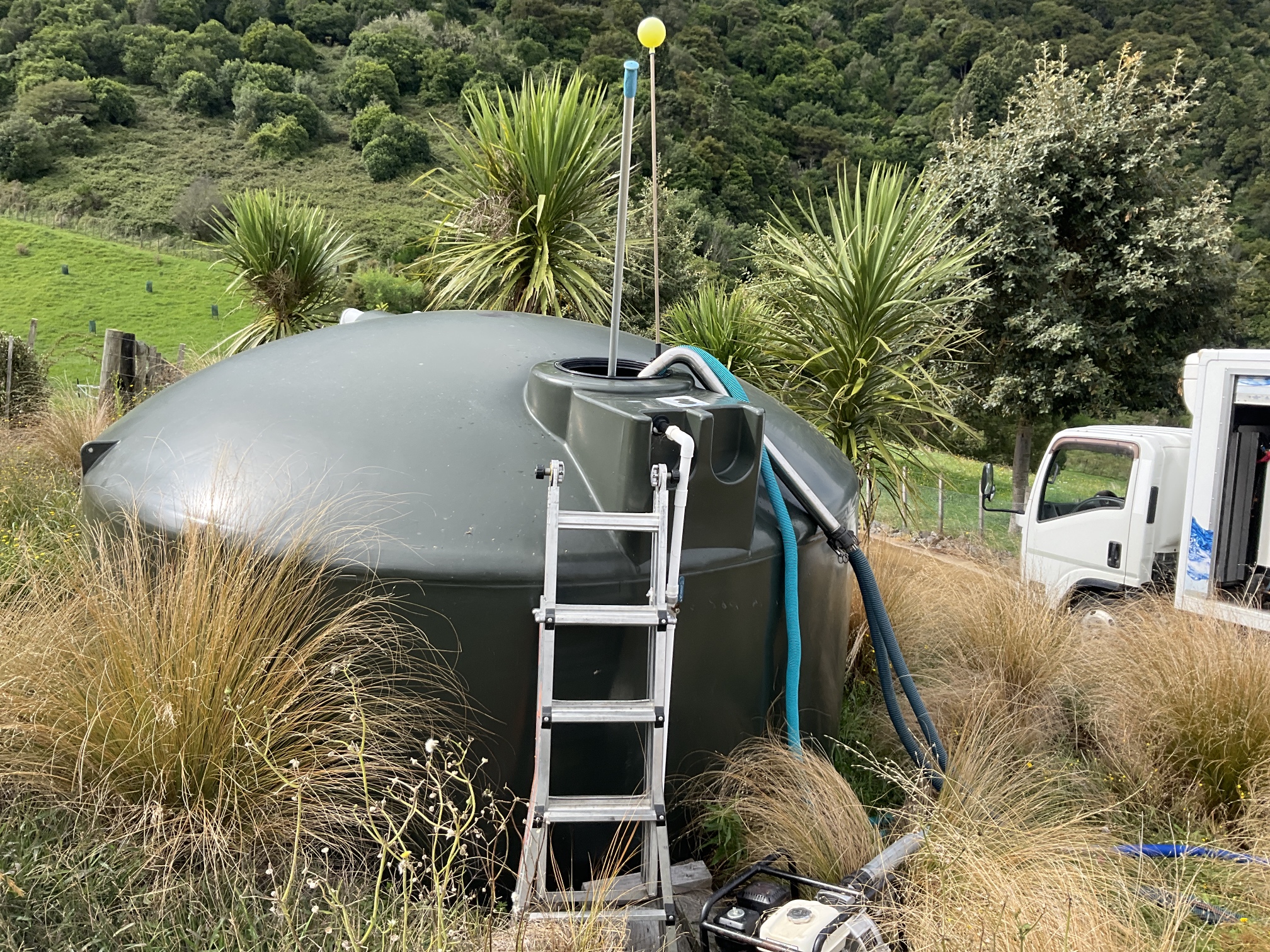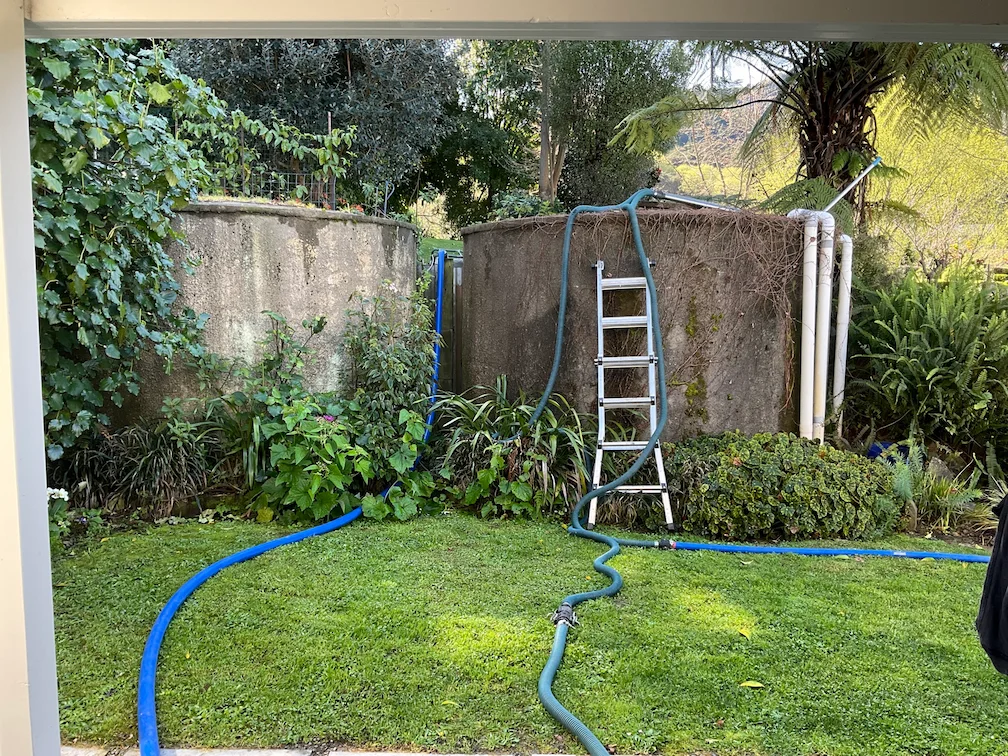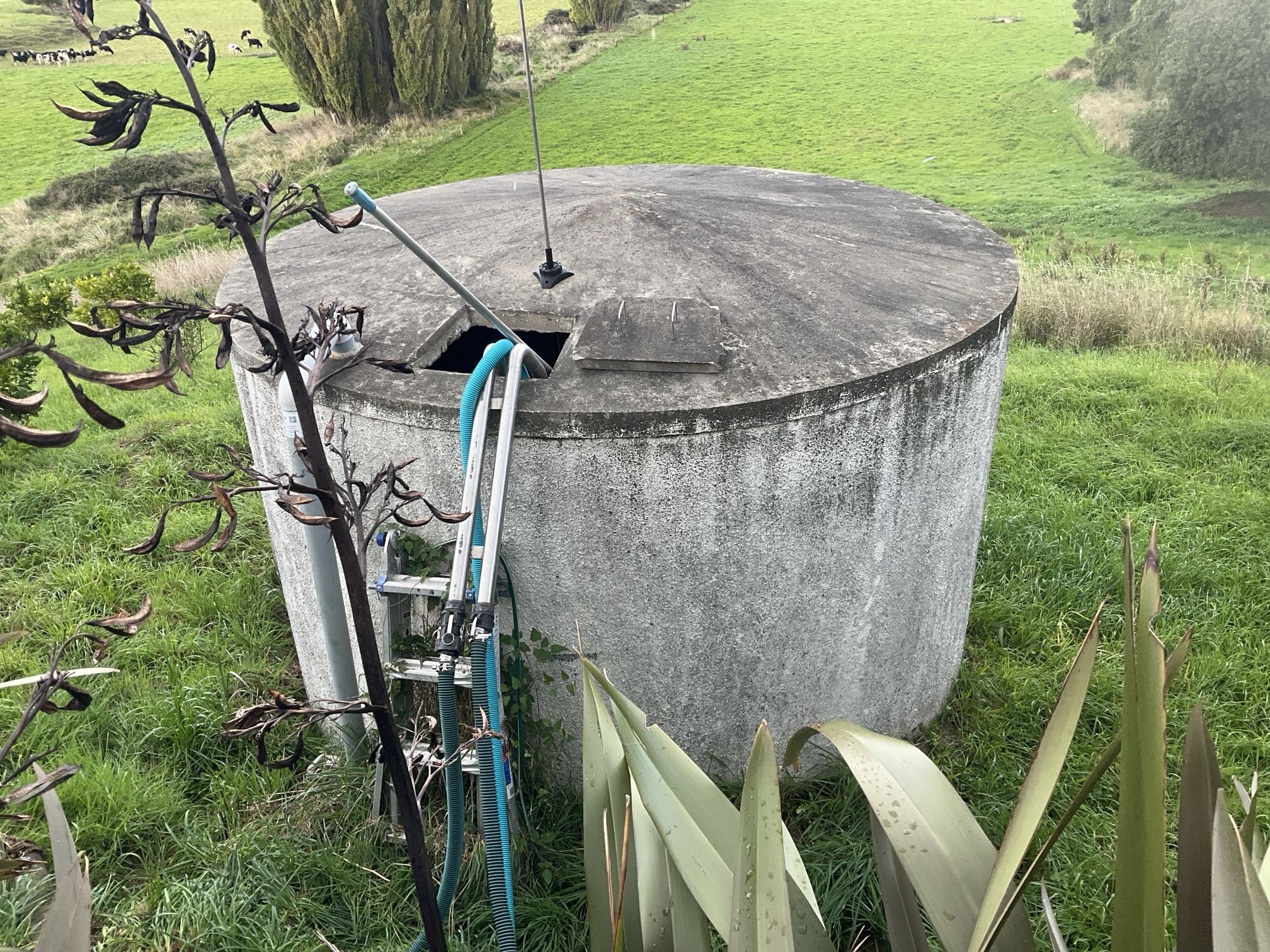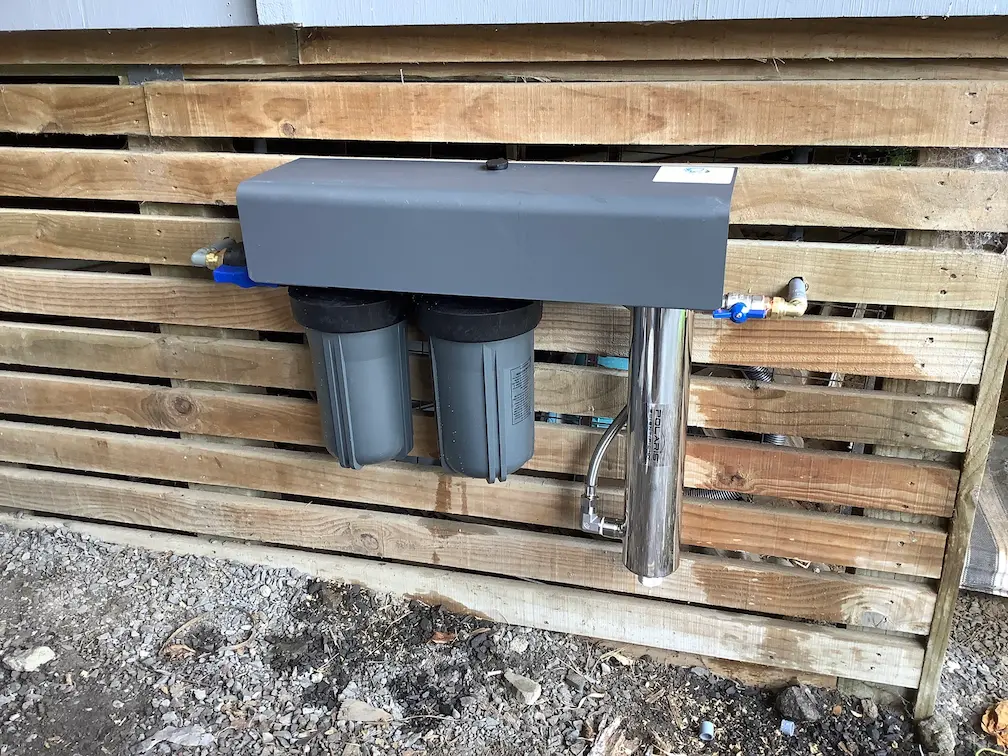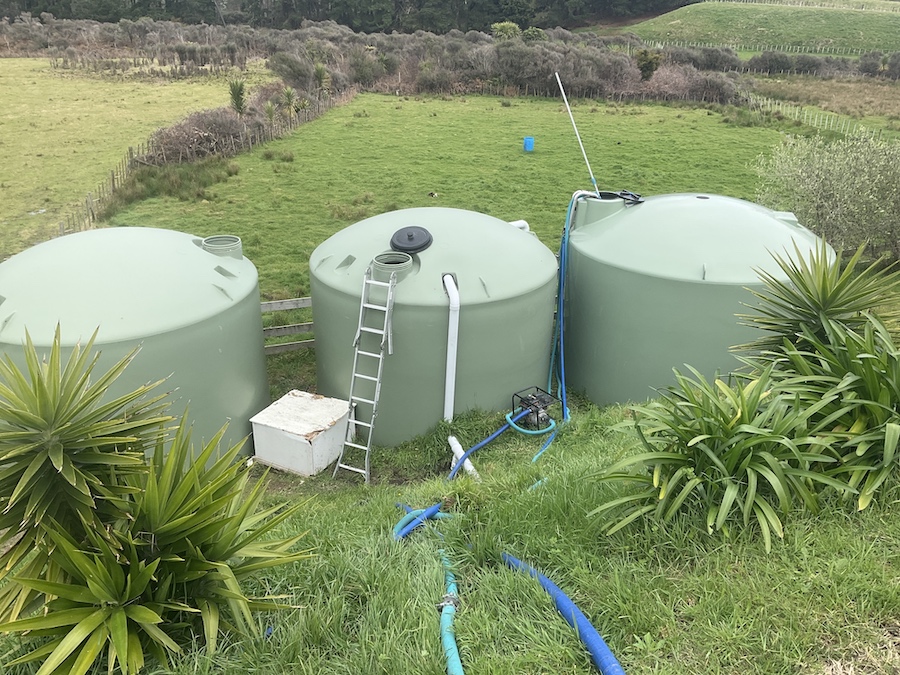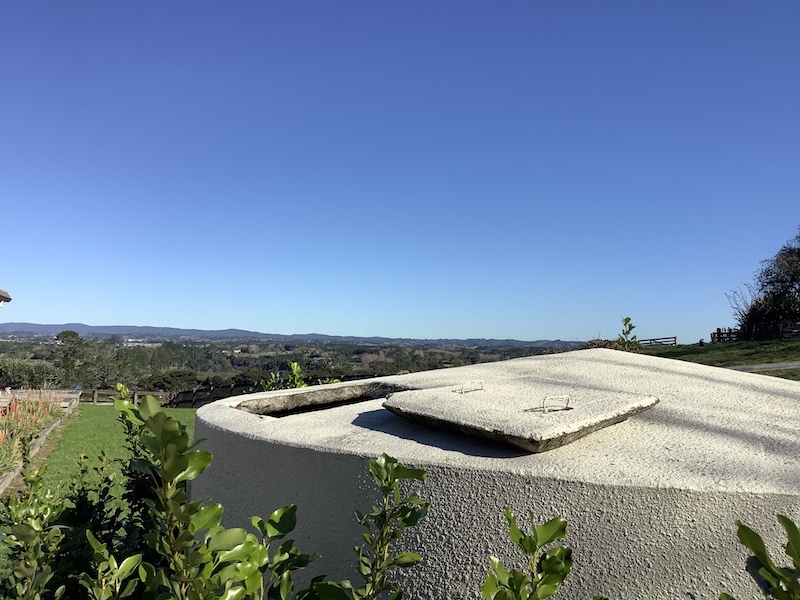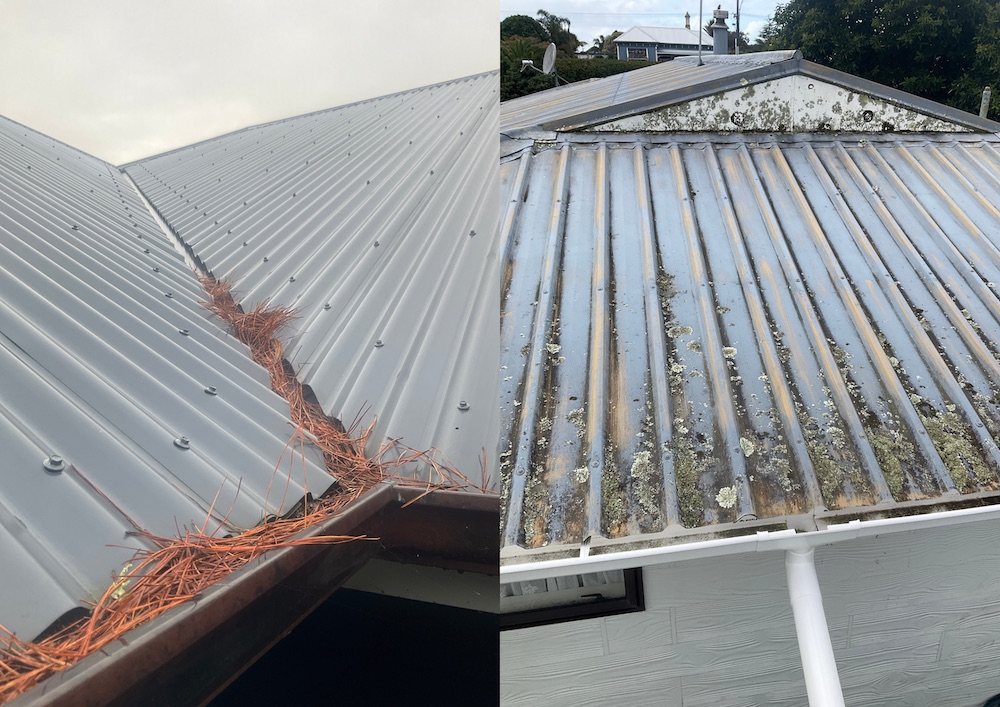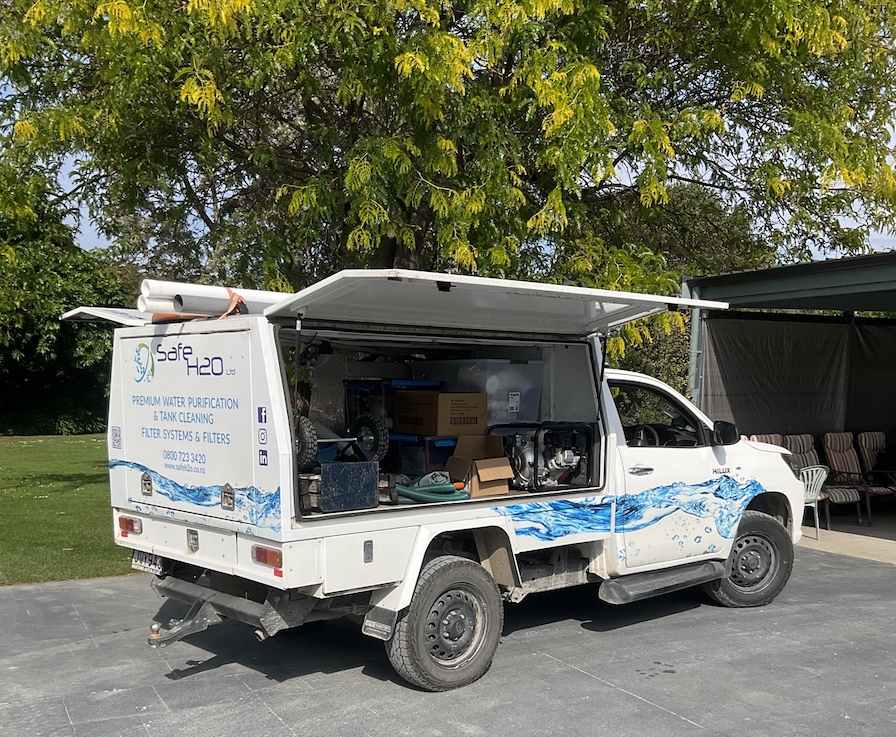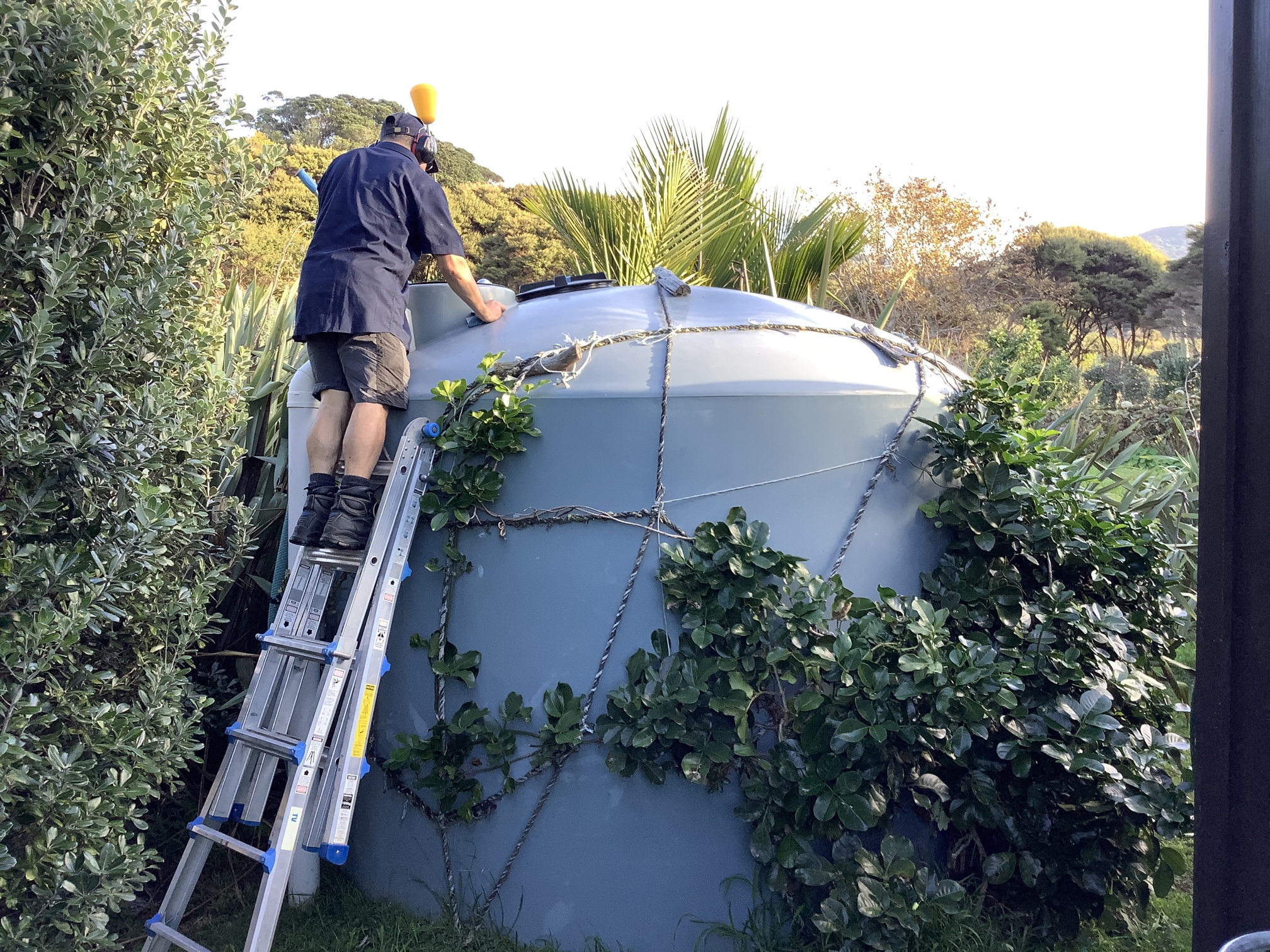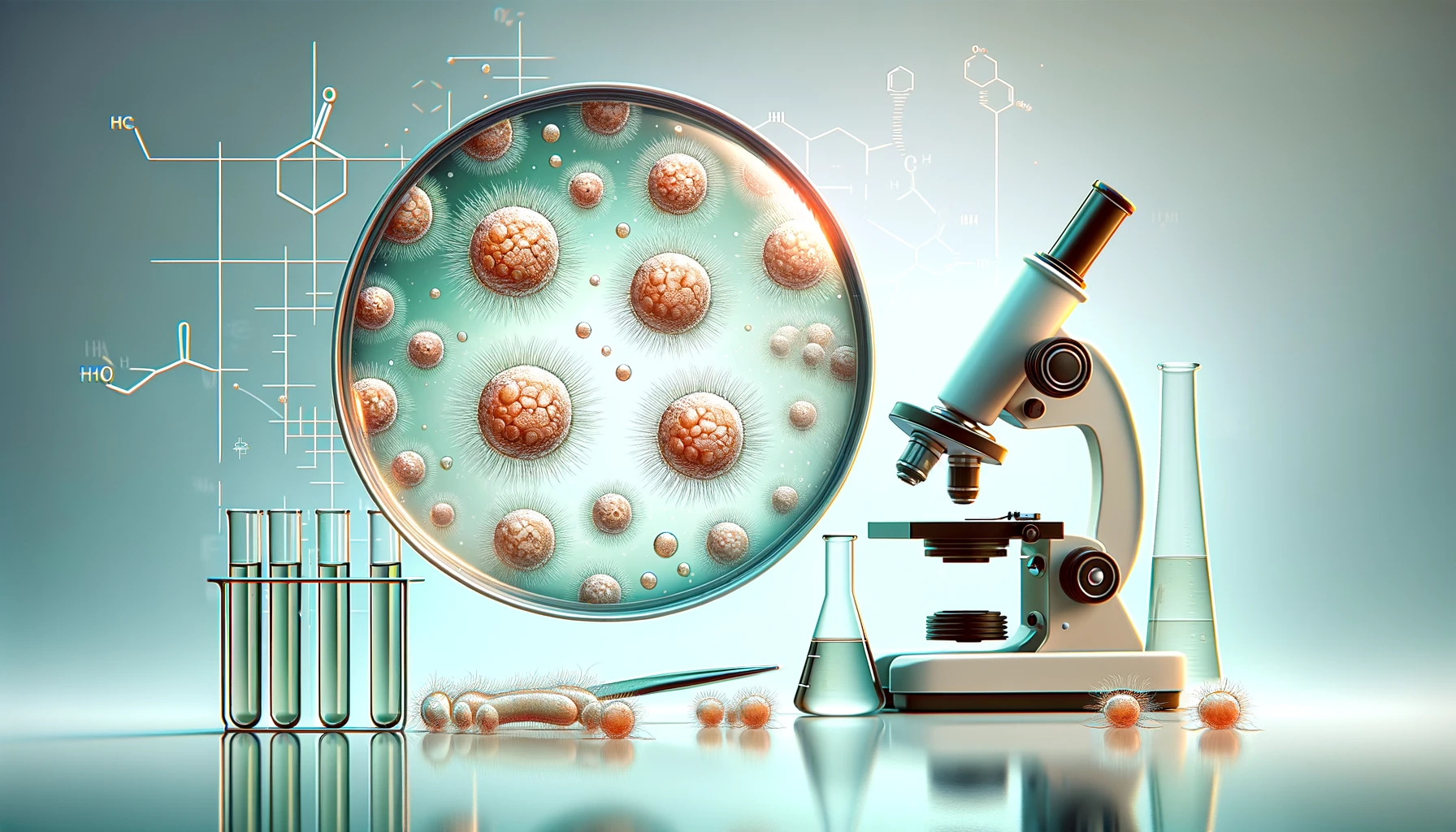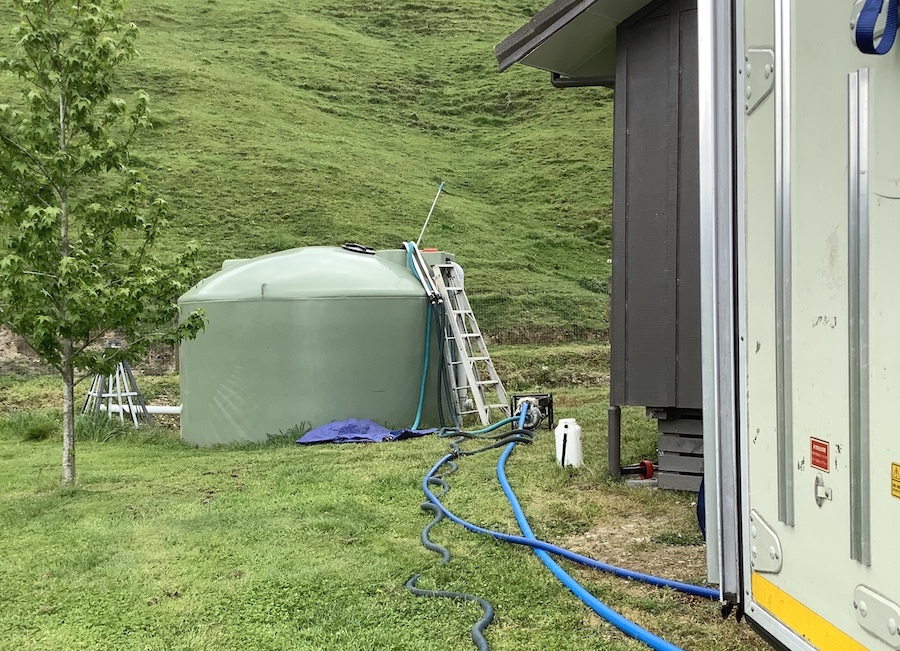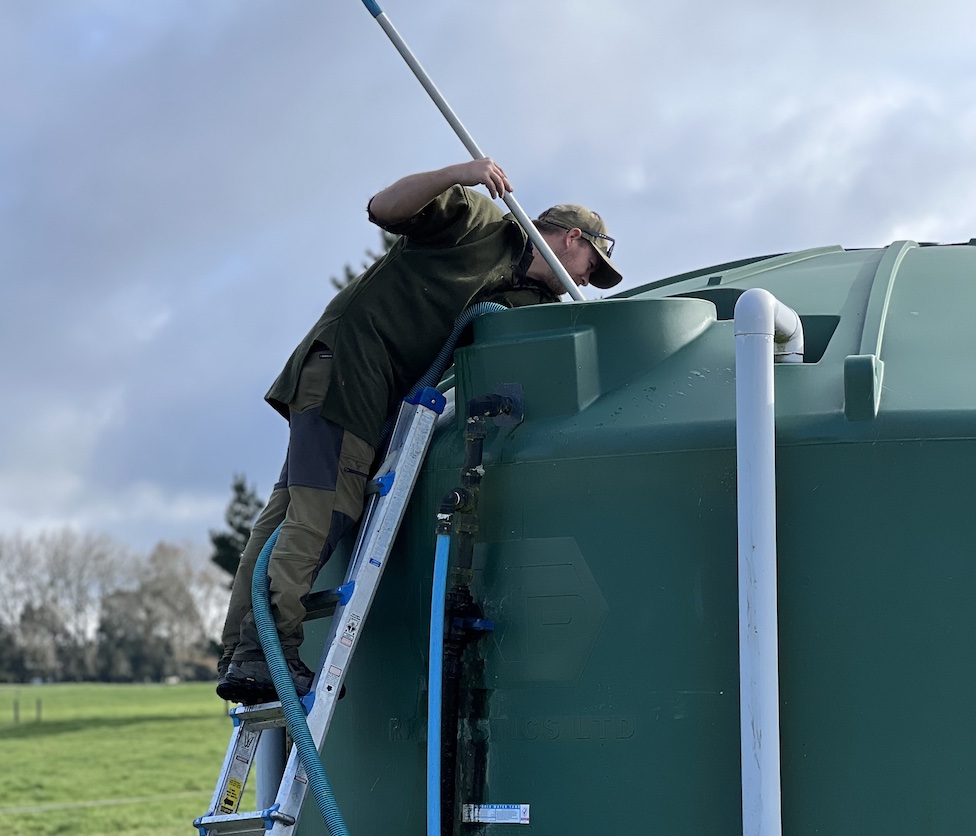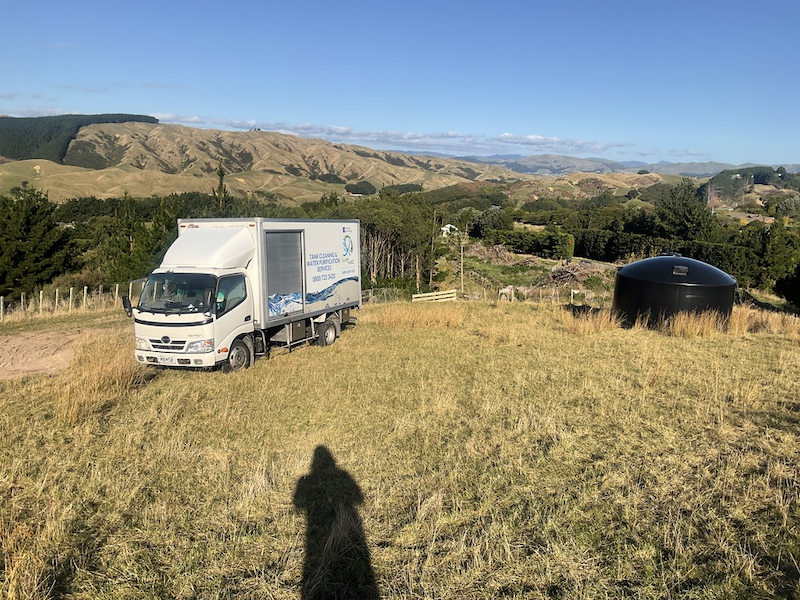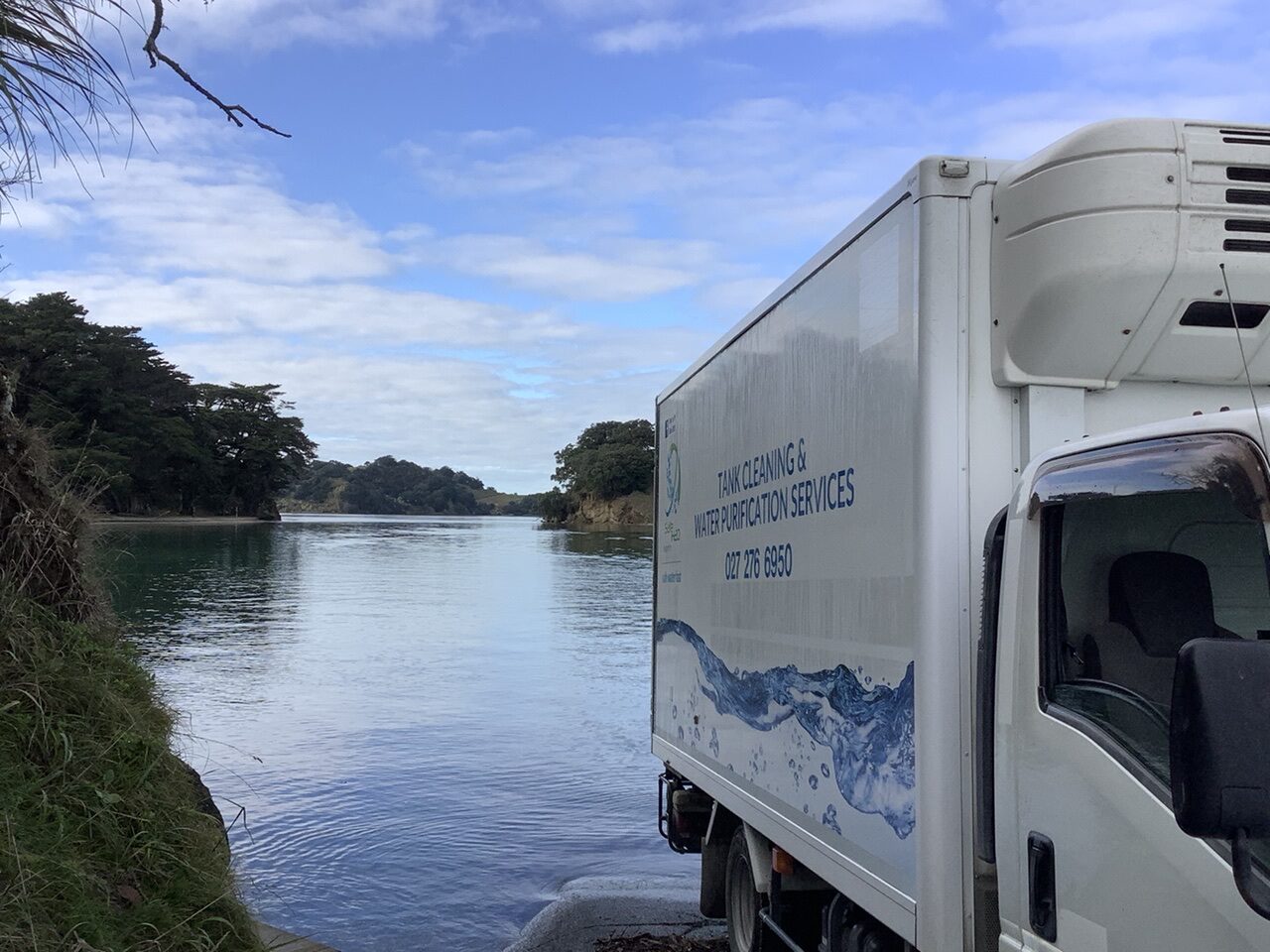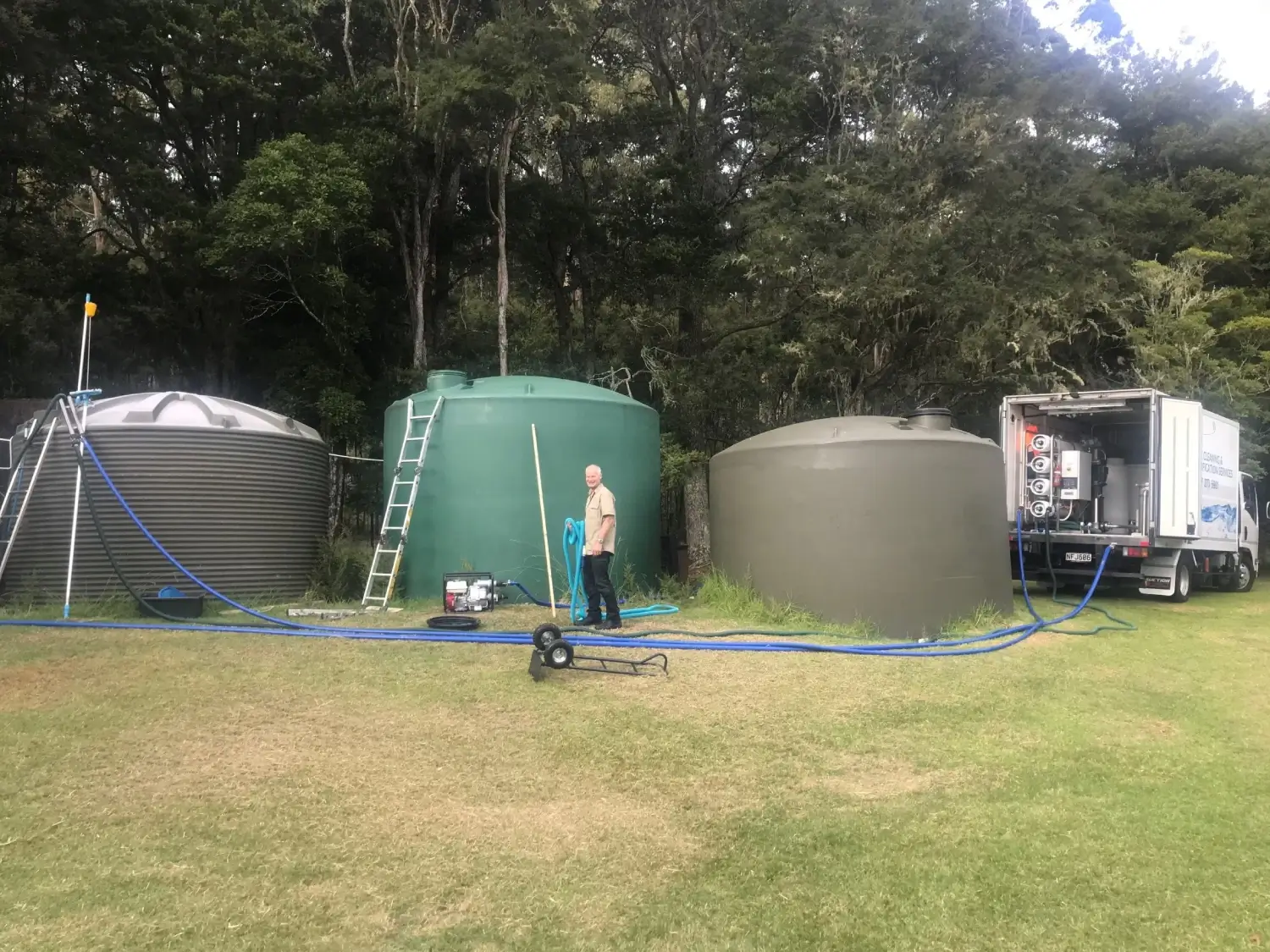Water Tank Maintenance 101: How to Keep Your Water and Tank Clean, Safe, and Running Smoothly
Whether you’re collecting rainwater, drawing from a bore, or tapping into a stream, your water tank is the heart of your household’s water supply – and just like any vital system, it needs regular maintenance to stay in top shape.
Here’s our go-to guide for general water tank maintenance to help ensure your supply remains clean, safe and reliable all year round.
Maintaining Your Water Tanks: Why It Matters
Your water tank doesn’t just store water – it can also store sediment, bacteria, animal droppings, and other contaminants. That’s why proactive maintenance is essential. Regular upkeep not only protects your health but also helps extend the life of your tank and filtration systems.
A well-maintained tank means:
- Safer, cleaner water
- Better tasting and smelling water
- Fewer blockages and filter issues
- Reduced bacteria and pathogen growth
- A longer-lasting, more efficient system
Let’s break down the essentials.
Regular Tank Cleaning
Over time, all tanks accumulate sediment, debris, and bacteria – no matter the source.
While New Zealand’s Ministry of Health recommends cleaning water tanks annually, the ideal frequency can vary depending on your local environment and water source.
Based on our experience cleaning thousands of tanks each year, Safe H2O recommends a clean at least every two years as a minimum.
Factors that affect cleaning frequency:
- Coastal areas often bring in fine sand.
- Bushy or rural locations tend to attract leaves, twigs, tannins, bird droppings and even dead animals.
- Bore water can introduce sediment as well as iron, manganese, and other minerals/metals.
- Rainwater can carry roof grime, pollen, sediment, and organic debris into the water tank.
- Stream-fed systems are open sources, and therefore more exposed to bacteria, tannins, animals, and sediment/silt.
Even if your water looks clean, contaminants that cannot be seen can be suspended in the water, as well build up settling on the tank floor.
👉 Need help with cleaning? Safe H2O’s advanced tank cleaning and filtration service removes sediment and bacteria without draining your tank – preserving up to 90% of your water.
Antibacterial Tank Treatments
Even with regular tank cleaning, bacteria and sediment will build up again. That’s why we recommend dosing your tank with an antibacterial treatment every 6 months to stay on top of bacteria growth.
At Safe H2O, we use H₂O₂ (hydrogen peroxide) – a safe, effective, and eco-friendly solution that helps neutralise bacteria and pathogens without leaving harmful residues or tastes/smells.
Our treatment keeps your water cleaner, fresher, and safer between professional cleans. Feel free to reach out to our team to organise your routine antibacterial dose for your tank/s!
Filtration Matters: Sediment + UV Filtration Systems
Even the cleanest tanks can let contaminants through – it is an ongoing process. Installing a sediment + UV filtration system is a must-have for any household using tank water to ensure a continuous clean and safe water supply. Together with regular tank cleans, UV filtration ensures your water is always safe.
- Sediment filters remove dirt, debris, and particulates.
- UV filtration neutralises bacteria, viruses, and parasites like Giardia and Cryptosporidium (which are often smaller than the finest sediment filter and therefore need the UV to neutralise them).
Routine replacement of your filters and UV bulb is also required for ongoing protection to ensure your filtration system is working efficiently and effectively.
Clean Your Roof and Gutters
If you’re collecting rainwater, your roof is your collection point – and it needs to be kept clean.
Bird droppings, leaves, moss, pollen, and dust accumulate quickly, especially in spring, autumn, or after storms. If left unchecked, the debris can wash directly into your tank, leading to contamination.
We recommend:
- Cleaning your roof and gutters routinely
- Trimming overhanging branches to limit leaf litter and animal access.
- Avoiding chemical roof treatments that can leach into your tank – opt for eco-friendly alternatives like baking soda or vinegar.
Pro tip: Always disconnect your downpipes before any roof cleaning to avoid sending the debris straight into your tank!
Stop Debris Before It Enters the Tank: Sediment Prevention Methods
Want to minimise sediment in the long run? Install simple, low-cost devices to stop contaminants before they reach your tank:
- Flush caps (our top pick!) can be manually opened during or after a rain event to release dirty water before it enters the tank.
- First flush diverters send the dirtiest water from your roof away before it enters your tank.
- Tank inlet screens catch larger debris like leaves and insects.
- Gutter whiskers can prevent the worst of leaves and larger debris entering the water tank
Nothing stops all debris getting into your water tank, but you can take steps to minimise what does get in.
Flush caps are by far the most cost-effective method for minimising contamination in rain-fed systems.
Just open it briefly after or during a rain event to release the worst of the debris – quick, easy, and highly effective.
Ongoing Maintenance: A Little Goes a Long Way
Routine checks go a long way in preventing bigger (and more expensive) problems down the track.
Make a habit of inspecting your system every few months:
- Check for cracks or leaks on your tank and/or pipe
- Look for signs of algae or organic growth
- Inspect inlet and outlet pipes for blockages or damage
- Ensure your tank lid is securely sealed
- Monitor your filtration system and routinely replace filters (typically every 6 months)
Catch issues early, and you’ll keep your water quality high and your maintenance costs low.
Final Thoughts: Water Tank Maintenance Is Peace of Mind
Staying on top of your tank maintenance is one of the best things you can do to protect your household’s water supply – and your health. With a bit of routine attention and the right support, you can enjoy fresh, safe water year-round.
Need a Hand?
Safe H2O is here to make water tank maintenance simple. From full cleans and antibacterial treatments to filtration system installs, we’ve got you covered.
✅ Preserve your precious water
✅ Remove harmful bacteria and sediment
✅ Save time and money with smart maintenance
Ready to book a service or want some advice?
Call us on 0800 723 342 or fill out this quick form and let us know about your tank.
Let us help you take the hassle out of clean, safe water – so you can focus on the things that matter most.
Concerned about nitrates in your water, and want to know how to get rid of them?
In this blog, we'll explore these frequent water tank problems and provide practical solutions to address them effectively
Smoke and soot can contaminate NZ water tanks. Learn how it happens, the health risks, and Safe H2O’s expert tips for cleaning and prevention.
This comprehensive guide examines the benefits and drawbacks of DIY and professional water tank cleaning, enabling you to make the best choice for your home.
Winter’s cooler weather might not have you thinking about your water tank - but it should.
Whether you’re collecting rainwater, drawing from a bore, or tapping into a stream, your water tank is the heart of your...
Whether you’re collecting rainwater, drawing from a bore, or tapping into a stream, your water tank is the heart of your...
How Possums, Rodents, and Birds Get into Your Water Tank – and How to Keep Them Out When thinking about water quality, …
What’s in Your Water? Common Contaminants in NZ Drinking Water Tanks Whether your water comes from rainfall, a bore or a nearby …
Water Tank Cleaning Myths Debunked When it comes to maintaining clean and safe water in your tank, there can be a bit …
Autumn Water Tank Care Tips: Preparing for the Seasonal Change As the crisp air of autumn rolls in, it’s time to think …
Water Tank Cleaning: A Comparison of Traditional vs. Our Innovative Method When it comes to cleaning your water tank, Safe H2O cleans …
UNDERSTANDING FILTRATION SYSTEMS: WHAT IS SEDIMENT AND UV WATER FILTRATION? Your water source likely contains a myriad of sediments and particles, ranging …
Water Tanks 101: A Beginner’s Guide to Clean, Safe Water for Your Property Water tanks are an essential resource for those on …
What can I do before water enters my tank to help minimise my risks? Spring or surface water (streams) will usually be …
When it comes to maintaining a healthy rainwater fed tank, one of the most overlooked aspects is the cleanliness of your roof and gutters.
Flush Caps, Leaf Diverters, and More: Methods to Help Protect Your Water Supply When it comes to maintaining a clean and safe …
In the realm of curious misconceptions, one fascinating myth suggests that eels clean water tanks. While this idea captures the...
Why having ‘Immunity’ to Bad Tank Water is a Bad Thing When it comes to maintaining a healthy home, clean water is …
Safe H2O Collaborates with Isaac’s Plumbing, Pumping and Electrical Here at Safe H2O, we aim to provide exceptional advice, service, and support …
How Often Do New Zealand Schools Need to Clean Their Water Tanks? Here in NZ, managing water supplies, including water tank maintenance …
What is Cryptosporidium and How to Keep Your Water Safe What is Cryptosporidium? In simple terms, Cryptosporidium is a tiny parasite that …
Why you should use a Water Tank Cleaning Specialist Well maintained water tanks are the backbone of clean water storage and supply …
Guarding Against E. coli: Essential Strategies for Ensuring Safe Water Tank Systems Water tanks are an essential source of clean drinking water …
5 Top Reasons to Keep Your Water Tank Clean in New Zealand Cleaning your water tanks is something that’s probably not always …
Autumn Alert: Why Now is the Perfect Time to Clean Your Water Tank As the autumn leaves are about to fall and …
What are my Legal Obligations for water tank cleaning in New Zealand? Taumata Arowai is the new Water Services Regulator for Aotearoa …
Top signs your water tank needs cleaning – Don’t ignore these red flags Your water tank is a vital component of your …
How Often Should I Clean My Water Tank in New Zealand? If you are one of the thousands of New Zealanders with …
The Risks of Cleaning Your Water Tank with Janola or Household Bleach Should you use Janola to clean your water tank? Here …
12 Ways to Save Your Tank Water Worried about your water tanks running empty? Rainfed tank water is a limited supply and …
How much does it cost to clean my water tank? The cost of cleaning a typical New Zealand water tank depends on …

